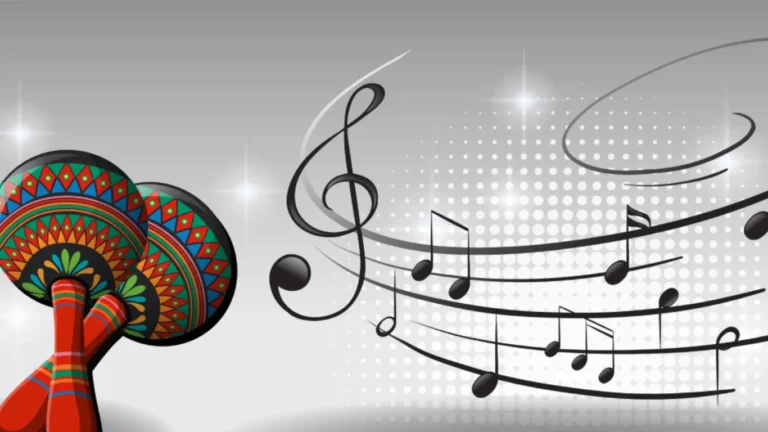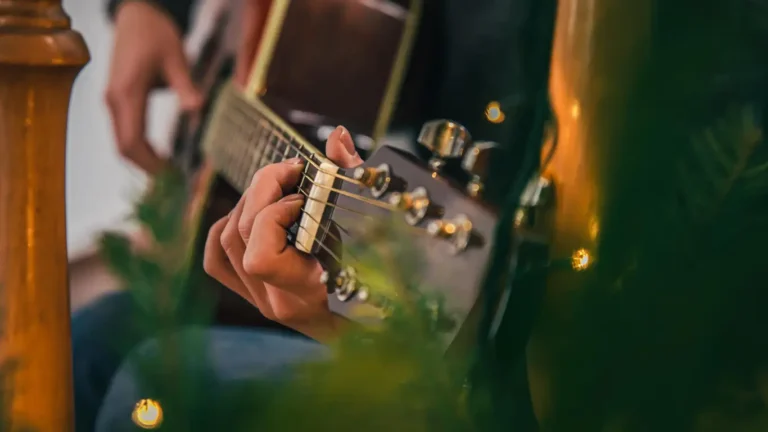Few musical instruments have the power to captivate and enrich cultures quite like the mezrab. Originating from Persia, this instrument carries a rich history that echoes through time, leaving its listeners enchanted by its melodies. In this article, we will delve into the world of the mezrab instrument, exploring its origins, uses, and accompanying instruments. Whether you are a music enthusiast or simply curious about this captivating instrument, let us begin our musical journey together.
What is a Mezrab Instrument?
Zakhmeh or Mezrab is a tool used to produce sound from stringed instruments. The materials used in devices are different metals, animal horn, wood, plastic, and sometimes chicken feathers. The Zakhmeh used to play the stringed instrument is a brass (alloy) device with a length of approximately 3 cm. Part of the half-length of this mallet is covered with wax to make it easier for the player to hold.
Unveiling the Persian String Instruments
Mezrab Setar: Crafting Harmony
The mezrab, a small percussion instrument, is perfectly complemented by the Setar, a lute-like string instrument that captures the essence of Persian classical music. The Setar’s intricate design and enchanting melodies invite musicians to delve into its rich tones, with the mezrab serving as their guide on this melodic journey.
Mezrab Santoor: Strings of Euphony
A truly enchanting sound is created when the mezrab, a small wooden mallet, touches the strings of the Santoor. The Santoor, with its distinctive trapezoid shape, is renowned for bringing to mind the soothing pattern of raindrops. As the mezrab moves effortlessly across the strings, it weaves a symphony that captivates and intrigues all who listen.
How To Hold a Persian Santoor Mezrab?
Producing sound in a Santoor is not complicated and challenging; pressing the keys to make it sound like a piano is enough. Still, you can never expect this from an instrument like a violin.
In the Santoor, the note’s sound is heard when the mallet (part of which has been felt) hits the strings. The critical issue in playing the Santoor is how to hold the sticks and transfer power to the heads of the posts. Different musicians and professors may do this differently.
To properly grip the mallet, place your index finger inside the ring and position your thumb on the outer arch of the phalanx. The middle finger should rest under the ball of the mat ring, as these three fingers will control the weight of the multiplier. The remaining two fingers should be gathered underneath the tail of the mallet to establish a balanced grip.
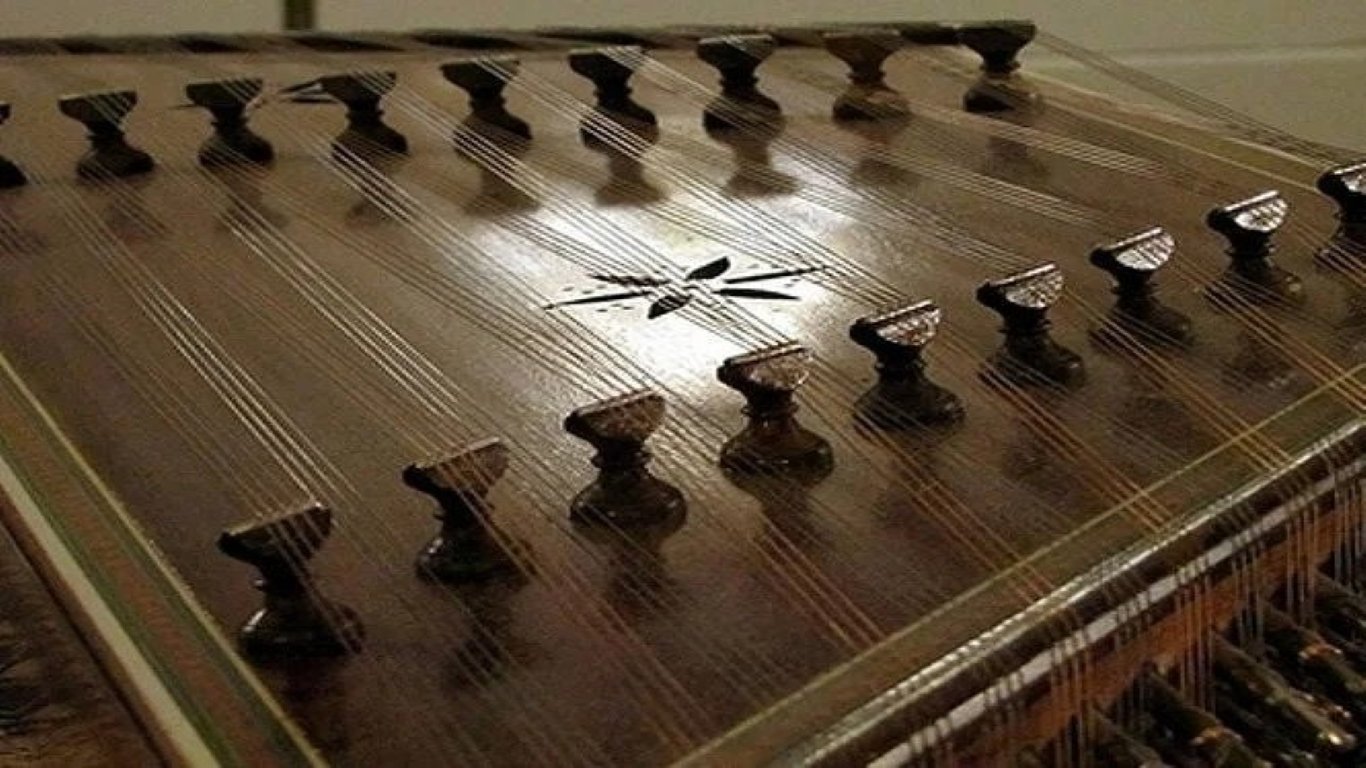
What Instruments Use a Mezrab?
First Category: Compound
This specific string is essential in generating sound when played on an instrument. It is responsible for determining the pitch of the notes produced and acts as a resonator, a vital tool component.
The Second Category: Plectrum
The instrument derives its name from the technique used to produce sound striking the vibrating element with a finger or mallet. When finger nails are employed for this purpose, it is called finger nail pizzicato. The classical guitar is one of the renowned instruments played in this manner.
In the realm of music, there are three primary classifications for Iranian string instruments, percussion structures, and wind instruments. Each category encloses various specific subcategories. For instance, under the variety of stringed instruments, we can find the following subsets:
- A stringed instrument of the type of mezrab like a Setar or guitar
- A Zeh instrument like a Kamancheh or violin
- Percussive string instruments such as Santoor and Cimbalom
- A Thumb string instrument like a piano
Let’s talk a little about the types of these instruments:
Bow string instrument
This type of instrument produces sound using a bow, which is why it is also called a bowed instrument, and the act of making the strings of this instrument sound using a bow is called a bow. They also say Kamaneh Keshi. Common examples of these types of instruments are violins and Kamancheh.
Percussion instruments
The sound in this type of string instrument is created by hitting the string or wire, which is why it is called a percussion instrument. Common examples that can be given for this type of percussion instrument are the piano and the Santoor.
Musical instruments
The central part of this type of string instrument is the string because the vibration of the string produces the sound, and if a finger or other physical tools vibrate the string embedded in the instrument, it will vibrate. It is also called a mezrab or Plectrum instrument. Instruments such as guitar, harp, and mandolin are examples of this instrument.
Thumb string instrument
As can be understood from the name, these types of instruments are used to play from the keyboard, the most common of which are organ and piano.
The Effect Of Persian Instrument Accessories
To achieve excellent sound quality from Iranian musical instruments, various peripheral equipment is crucial. These accessories have a significant impact on shaping the overall sound quality. By carefully selecting the right accessories, it becomes possible to enhance both the listener’s audio experience and the overall quality of the music produced.
Types of Persian Instrument Accessories:
Picks and mallets: These accessories are needed for Iranian instruments such as tar, Setar, and barbat. You can get the desired sound from the tool using a suitable choice or multiplier.
Bows: Using the right bow is critical for stringed instruments like Kamancheh; quality bows can produce a warm, deep sound.
Skin for an instrument: This is important for percussion instruments such as tonbak and daf; quality skins can produce a rich and voluminous sound.
Conclusion
The mezrab instrument plays a crucial role in Iranian music, bridging tradition and innovation through its intricate interaction with strings. When combined with traditional Iranian string instruments like the Santoor and Setar, it creates captivating melodies that intricately convey emotions and narrate stories.
In the present-day, individuals like Ali Massoudi and Padide Ahrarnejad lead the Navasaz Academy, which plays a crucial role in preserving and advancing this rich tradition. The timeless melodies of the mezrab serve as a reminder of the deep connection between music, culture, and human expression. They inspires us to honor our heritage while embracing progress in perfect harmony.
FAQs
What is the mezrab instrument?
The “mezrab” is a musical instrument accessory used to strike the strings of stringed instruments, creating captivating melodies.
How do musicians use the mezrab in music?
In the world of music, skilled musicians use a small pick called a “mezrab” to gently strike the strings of instruments like Setar and Santoor. This technique produces intricate melodies that can bring deep emotions in listeners to mind.
Can the mezrab be used with instruments besides Setar and Santoor?
Yes, indeed! The mezrab is a valuable tool in Persian music, adding a distinctive and essential tone when used with string instruments.
What distinguishes striking the strings with a mezrab from techniques?
When using a “mezrab” to strike the strings, musicians apply touches to create tones, setting it apart from other playing methods.
What role does the mezrab instrument play in preserving heritage?
The importance of the mezrab lies in its ability to protect and uphold the authenticity of the music. It allows contemporary musicians to connect with a legacy.
What is the Persian Iranian instrument played by striking the strings with two hammers called mezrab?
The musical instrument you are referring to is called the Santoor. It produces enchanting sounds when its strings are struck with special hammers known as mezrabs. The resulting tones create a mesmerizing cascade that resonates like the gentle patter of raindrops.
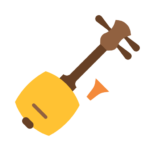 String Instr
String Instr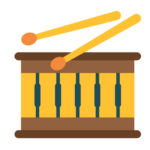 Percussion Instr
Percussion Instr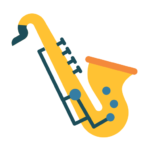 Wind Instr
Wind Instr Keyboard Instr
Keyboard Instr Tools
Tools Books
Books